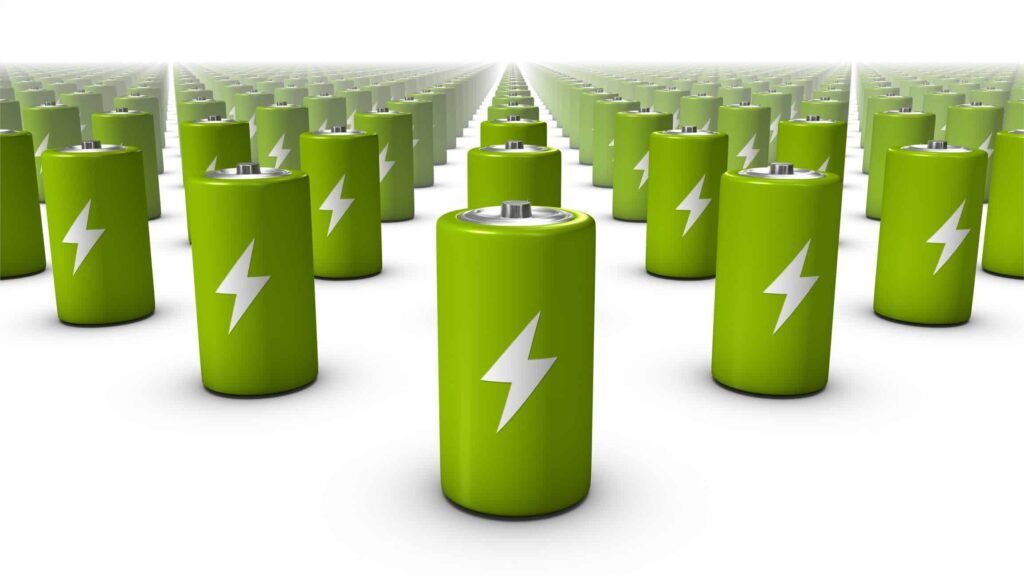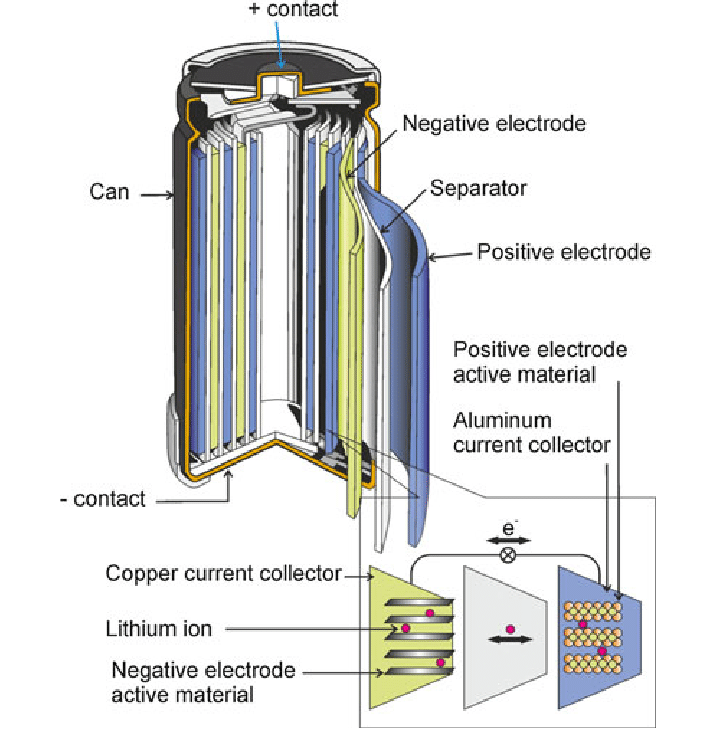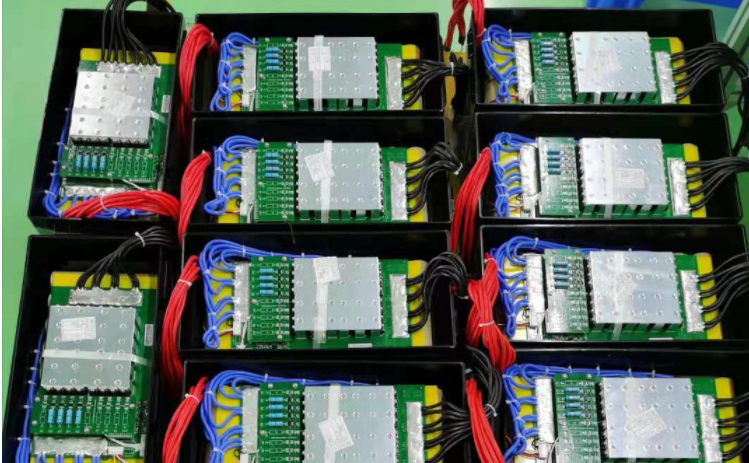Lithium-ion batteries power millions of people every day thanks to their portability, high energy density, and charging capabilities, and the technology is becoming more commonplace in everything from laptops and cell phones to hybrids and electric vehicles.

Smartec lithium-batteries
What are Lithium Batteries?
Lithium batteries use lithium ions to store energy by creating an electrical potential difference between the negative and positive poles of the battery. The two sides of the battery are separated by an insulating layer called a “separator,” which keeps the electrons out while allowing the lithium ions to pass through.
What are the Components of Lithium Batteries?
Lithium batteries have four main components:
-
-
-
-
-
-
-
-
- Cathode: This element controls capacity and voltage, and also produces lithium ions.
- Anode: Stores lithium ions and powers external circuits, the anode is a critical element.
- Electrolyte: Made up of salts, solvents, and additives, the electrolyte facilitates the movement of lithium ions.
- Separator: A physical barrier that separates the cathode from the anode.
-
-
-
-
-
-
-
How Does a Lithium Battery Work?
Lithium batteries excel in their ability to provide high energy density. This is due to lithium’s electropositive nature – it readily donates electrons, producing significant energy.
Lithium ions travel through the separator from the positive to the negative side of the battery during the charging process. When the battery powers a device such as an RV, positively charged lithium ions flow from the anode to the cathode, while electrons travel in the opposite direction through the external circuit.
The most widely used rechargeable chemical in batteries today is lithium-ion. The devices we use every day, such as electric cars and cell phones, are powered by lithium-ion batteries. With different types for different industries, quality suppliers are essential for your battery needs.
SmarTEC lithium-ion batteries consist of a protective circuit board and one or more lithium-ion cells. When the cell or cells are placed in a device with the circuit board, they are referred to as a battery pack. Finding the right one depends on factors such as application, cost, safety, and power requirements. For detailed insights, contact SmarTEC.
SmarTEC: Empowering your battery choices.

